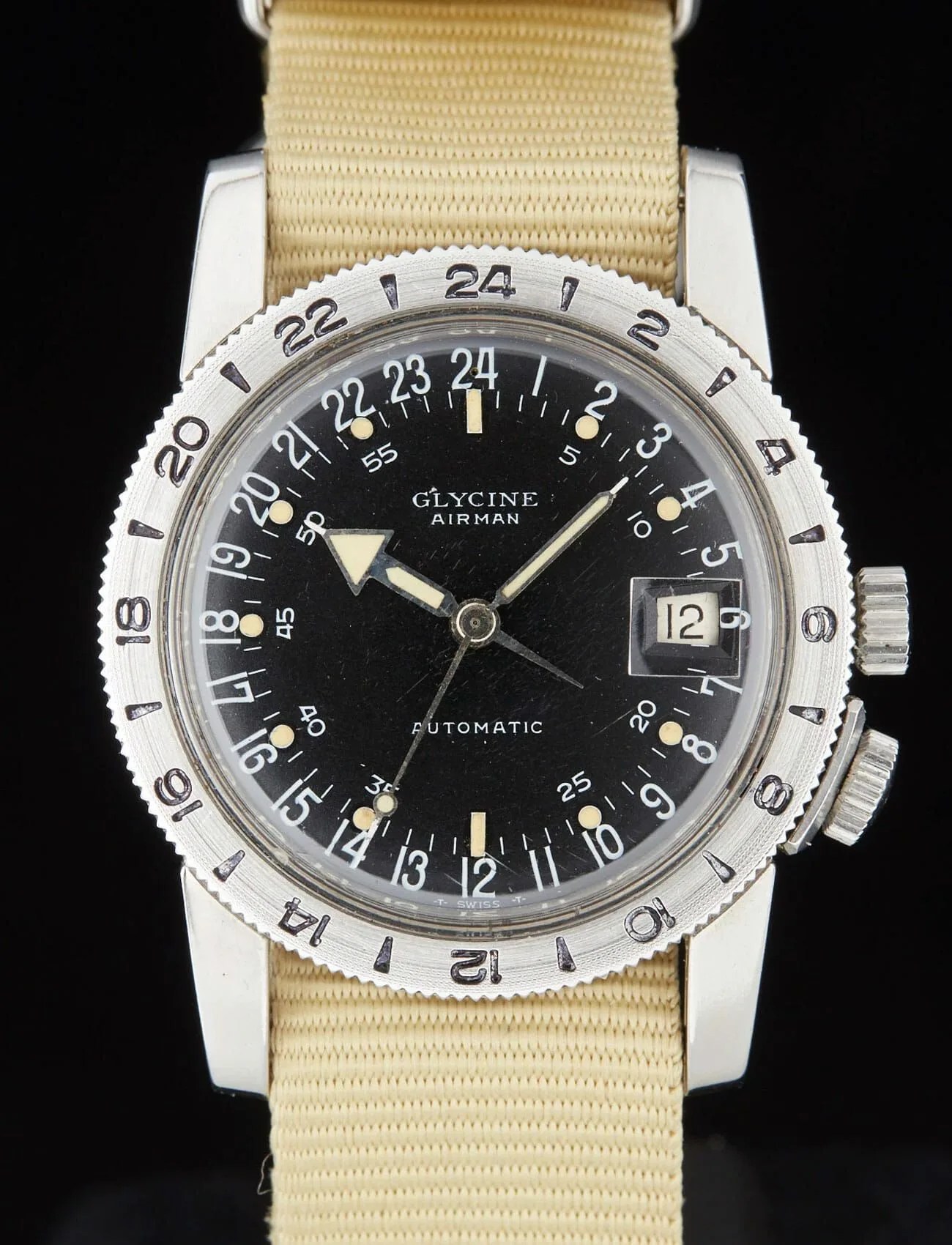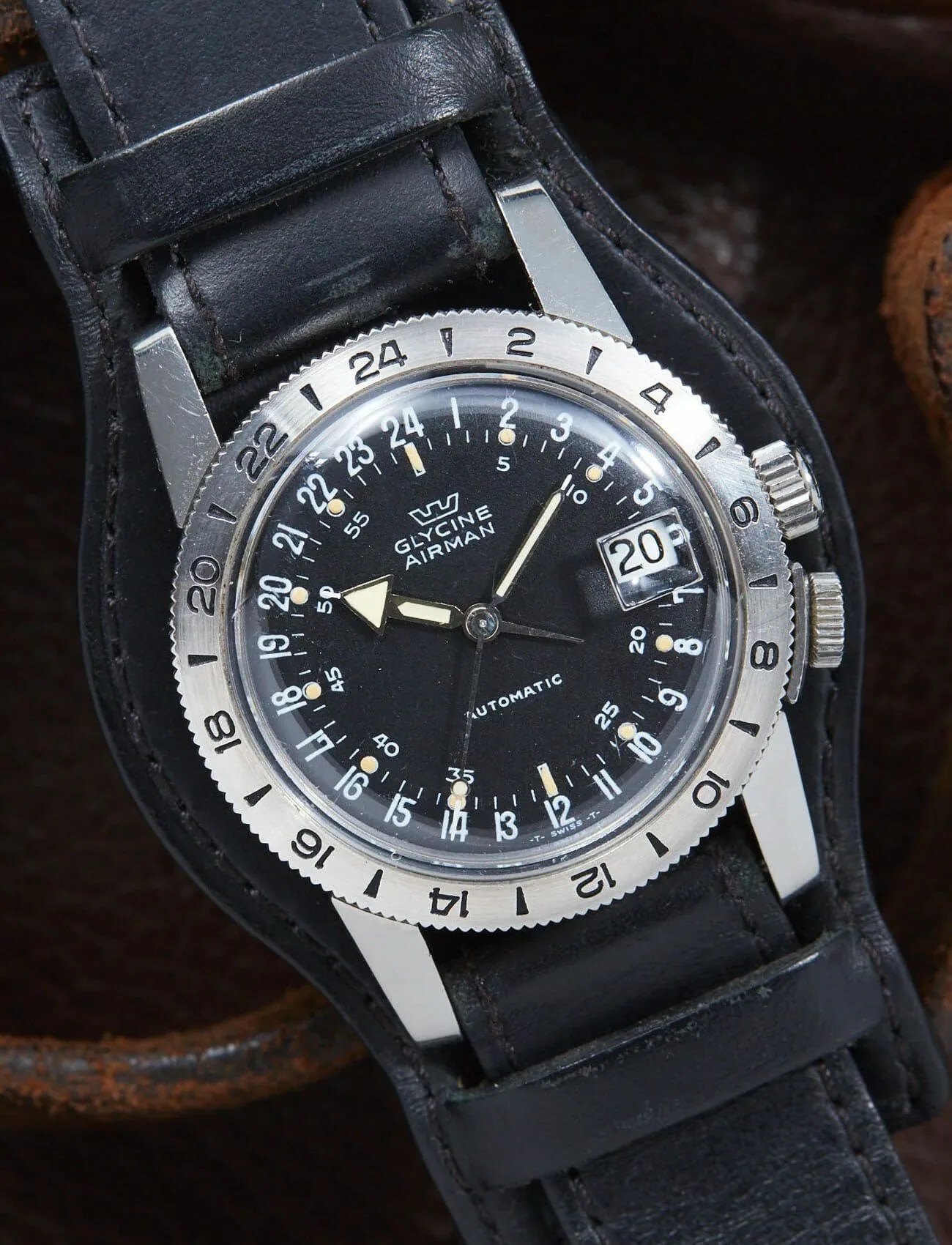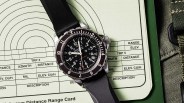Welcome to Watches You Should Know, a biweekly column highlighting little-known watches with interesting backstories and unexpected influence. This week: the Glycine Airman.
A watch executive walks into an airplane cockpit.
This isn’t the beginning of a joke, or a security drill, but the origin story of one of the most interesting and purpose-built pilot’s watches. They talked, and the pilot told the executive exactly what kind of watch his profession required, a kind that didn’t exist. Within a few months of the conversation, however, it did exist, incorporating a host of novel features which make the Glycine Airman an enduring classic that stands out even today.
More Watches You Should Know
• The Benrus Sky Chief
• The Breitling Navitimer
• The Seikosha Tensoku
The year was 1953, commercial air travel was still very young, and passengers could apparently casually wander into an airplane cockpit during a long flight and check out the futuristic-looking controls. During a Thai Airways flight between Bangkok and Calcutta, Altus-Glycine executive Samuel Glur did just that and chatted with the pilot about his profession’s wristwatch needs. This, at least, is how the legend goes.

The pilot had a host of features in mind, probably without any sense of how they could be combined or what such a watch would look like. Most importantly, it would be able to track two time zones at once. Air traffic control refers to Greenwich Mean Time (GMT) as the standard anywhere in the world, but pilots of course also need to know the local time wherever they happen to be.


